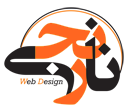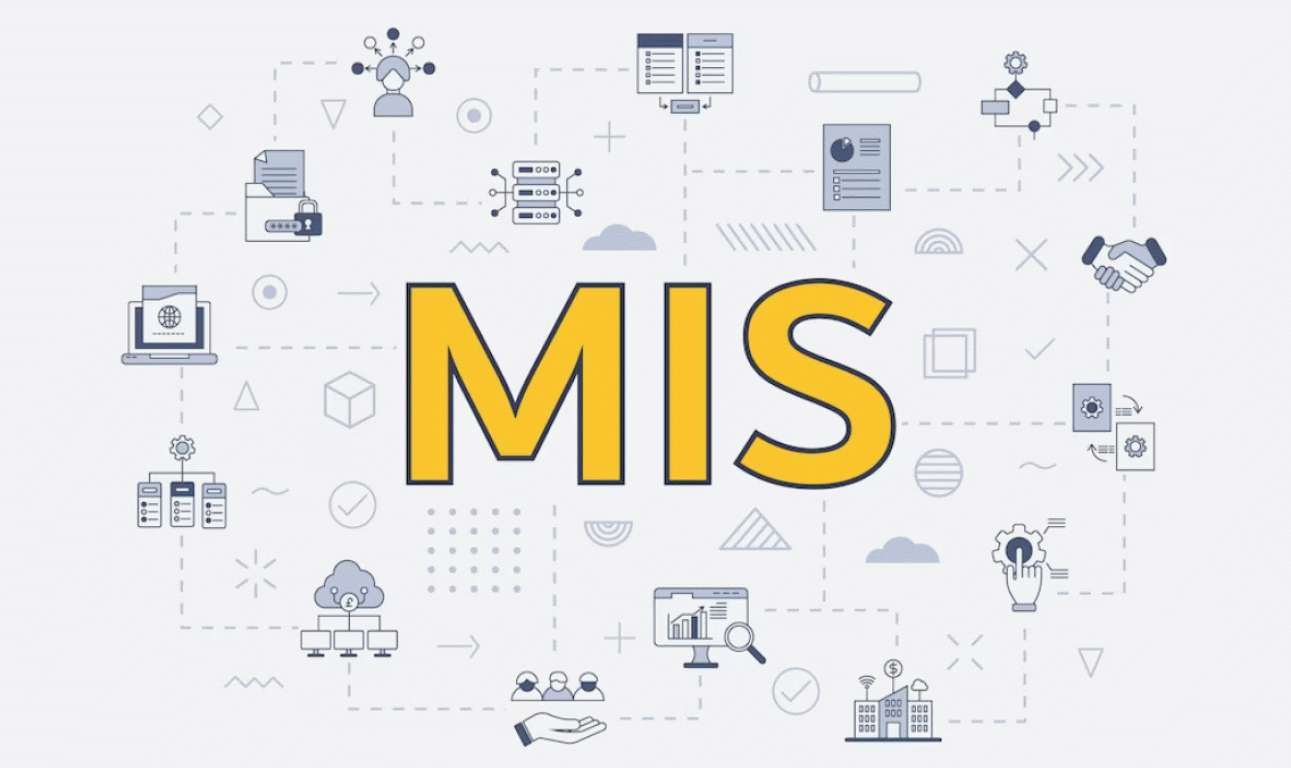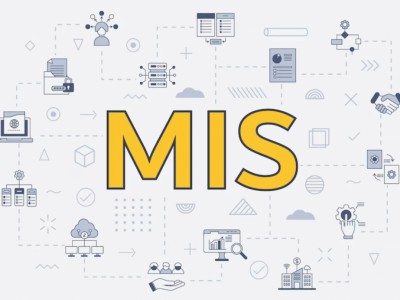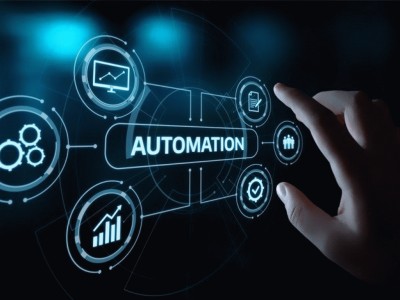What is a Management Information System (MIS)?
Management Information Systems (MIS) refers to the control part of a company's hardware and software systems that help organization members perform better in making important decisions. The components of management information systems include information, system and management. These terms collectively express the concept of information management systems. In every organization there is information that needs attention and processing. Paying attention to this information in relation to each other and so to speak in a systematic way has caused the organization of information and makes the process of using information meaningful in the organization. Finally, with information systems management, the output of the information systems management process can be used in management decisions. In addition to being able to define MIS as a department within a company, this term can refer to a type of computer software that stores, organizes, and analyzes various information. This system specifically pays attention to the operations inside the organization and does not pay attention to the outside of the organization. It summarizes the extensive operations of the organization so that the manager can perform his duties more efficiently. This system focuses on the past and present. The information management system is not flexible and does not have the ability of extensive analysis and complex processing. The models used in this system are simple and designed for reporting.
What is the history of MIS?
MIS or Electronic Automation is the various counting, record keeping and accounting methods. The oldest type of this system was the method of recording a book in which the manager kept track of his business. Automation emerged in the 1880s in the form of punch tabulation cards, which could be sorted and counted.
Data elements entered into punch card machines were recorded. The cards were then processed by other machines. In fact, each card was the equivalent of a modern database record.
When the first computers appeared after World War II, punched card systems were used as both input (feeding data and programs) and output. Card systems did not disappear completely until the 1970s.
They were eventually replaced by magnetic storage media (tape and disk). Computers that use such storage media increase computing speed. The computer also introduced calculation functions. With the progress and computerization of the management information system, the most important accounting functions were developed.
What are the uses of management information system (MIS)?
Management information system, abbreviated as MIS, is a system that collects, organizes and processes information related to the organization and finally provides it to the managers of the organization. Managers also use this information in order to better understand the organization and as a result plan and make decisions. This system is very effective in helping to create value in business and using information technology to achieve great goals. Also, improving the capabilities of the collection in the aspects of technology, organization and human resources and making the necessary and relevant information available is another advantage of this system.
In what fields is MIS used?
Today, management information system or MIS is used in areas such as decision support system software, resource and personnel management programs, project management, and database recovery programs.
The structure of the information management system consists of what elements?
The information management system consists of five main components. In this section, we will talk about each of the components in detail.
hardware
Hardware refers to the machine part of the information management system. Without having a computer, printer, server and other such machines, you will not be able to access or use the information management system. To convert raw data into useful information, you need machines such as those mentioned. By uploading information online, different users can access this information by having a password through the computer. You can share the information management system for different management groups who access the system through laptops, computers and printers.
software
You need software to prepare the information management system. Apart from the software system such as Mac or Windows, you need accounting software, toll payment, CRM, and the like. These softwares will be used in the information management system so that you can access the information management system itself. Also, for more specific information, you will need more specific software to prepare and process information in the information management system.
Data
The main component of any information management system is the data of that system. Organizations in different fields have different resources and data related to the same field. Banks and financial institutions record financial data, hospitals and health centers record information related to the health sector and the health status of patients. The type and volume of data are different from each other based on the needs of organizations and their services and products. Data acts as the fuel of the information management system. Without data, the information management system will have no purpose and whatever it does will be irrelevant and meaningless.
processes
Processes and procedures are the main part of the information management system, whose purpose is to produce reports. Users should be able to prepare reports based on their needs. Also, users wherever necessary depending on the type of work field and dimensions of the organization b Aid can rebuild the processes. Using an information management system requires processes that are defined by people.
Employees
The last group that benefits from the information management system is the employees and prepares reports using it. Information technology department experts, managers and other people who have access to the information management system or should have access are considered as components of the information management system.
What are the limitations of information management system?
If the information management system is designed properly, it will be implemented well. If this system is not designed properly, it cannot meet the goals for which it was designed. The information management system is designed to meet the needs of managers. If this system is not designed properly, it will not be effective for the organization. On the other hand, the information management system is designed for experienced people and only these people can use it. If the user has little experience, he cannot use all the benefits of the information management system.
Information management system without data is nothing. Also, the information provided should be updated regularly. Data is like the fuel of the information management system. If the data and information become outdated or outdated, the reports based on it will lead to wrong decisions.





